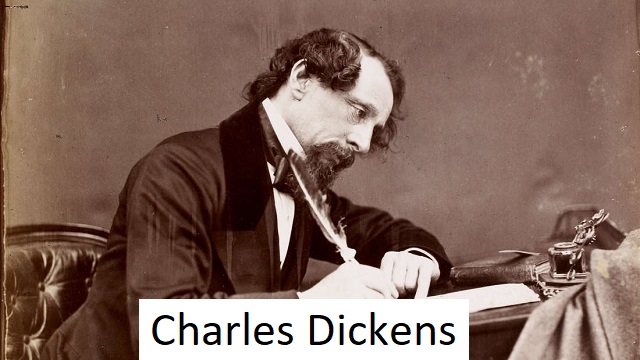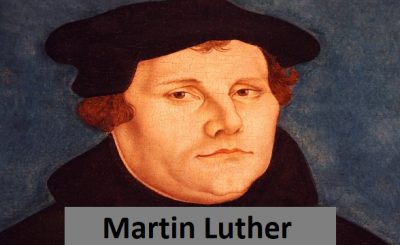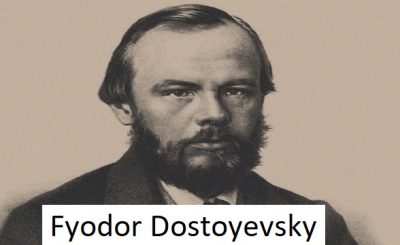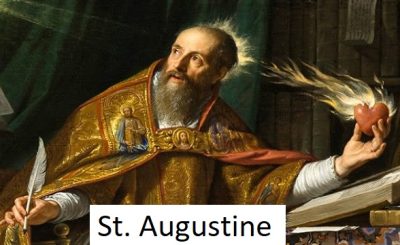Charles Dickens was an English novelist, journalist, social critic, and advocate for the poor who wrote some of the most famous works of literature of all time, including “Great Expectations,”.

Early years
At the age of 12, his father was sent to debtor’s prison, leaving the family in financial ruin. To help support his family, Dickens was sent to work in a blacking factory at the age of just twelve. This experience was a major influence on his writing, and later served as the basis for many of his fictional characters. At the age of 15, Dickens left the factory and began to gain employment as a freelance journalist and contributor to newspapers and magazines. He began reading widely, developing a strong passion for literature. Through his contributions to newspapers and magazines, Dickens went on to become a successful and prolific author. Dickens gained immense popularity during his lifetime, with many of his works becoming classics of English literature. He dies in 1870 at the age of 58. His work is highly acclaimed, and he is seen as one of the greatest authors of all time.
Beginning of a literary career of Charles Dickens
Charles Dickens began his career as a writer in 1833 when he contributed stories to various periodicals, including Monthly Magazine and Bentley’s Miscellany. Dickens’ early works were mostly humorous and lighthearted, but gradually gained in popularity and developed into more substantial works with more complex plots and characters. His first novel, The Pickwick Papers, was published in 1836 and became a major success. Following this, Dickens continued to write novels, short stories, and essays for magazines. His most famous works include Oliver Twist (1838) and Great Expectations (1860). His works often focused on the plight of the poor and downtrodden and on social criticism of Victorian society.
The Pickwick Papers and Martin Thujzwit’s Romances
1. The Pickwick Papers (1836-37) by Charles Dickens
2. Oliver Twist (1837-39) by Charles Dickens
3. Nicholas Nickleby (1838-39) by Charles Dickens
4. The Old Curio Shop (1840-1841) by Charles Dickens
5. Barnaby Rudge (1841) by Charles Dickens
6. A Christmas Carol (1843) by Charles Dickens
7. Dombey and Son (1846-48) by Charles Dickens
8. David Copperfield (1849-50) by Charles Dickens
9. Bleak House (1852-53) by Charles Dickens
10. Hard Times (1854) by Charles Dickens
11. Little Dorrit (1855-57) by Charles Dickens
12. A Tale of Two Cities (1859) by Charles Dickens
13. Great Expectations (1860-61) by Charles Dickens
14. Our Mutual Friend (1864-65) by Charles Dickens
15. The Mystery of Edwin Drood (1870) by Charles Dickens
16. Martin Chuzzlewit (1843-44) by Charles Dickens
Charles Dickens Invention of the Christmas Book
Charles Dickens is credited with inventing the Christmas book, which has become an integral part of the modern holiday season. His famed works such A Christmas Carol and The Chimes have been adapted into numerous films, musicals, plays, and even cartoon adaptations. He wrote these books in the mid-nineteenth century to not only provide entertainment for his readers, but also to help draw attention to the plight of England’s poor citizens during the Victorian age. Dickens was a social critic and storyteller who used his stories to draw attention to inequality and class divisions, topics that remain relevant today. He observed and wrote about the struggles of working-class citizens living in Victorian England and sought to use his works and stories to bring much-needed attention to their plight. This is why these books remain popular over 150 years later.
Dombey and Son and David Copperfield
Both Charles Dickens’ “Dombey and Son” and “David Copperfield” tell stories of two young boys – Paul Dombey, and David Copperfield – who battle hardships and obstacles in their lives. In “Dombey and Son,” Paul struggles with his father’s unrealistic expectations of him and the treacherous path of love and business. In “David Copperfield,” David faces cruelty and betrayal on his journey in search of his true identity. While the protagonists of both novels are different in many ways, they also have a great deal in common. Both deal with abandonment and abuse as they navigate their journeys of self-discovery. Both must cope with the difficulties they encounter, while still striving to stay true to themselves. At the same time, they also inspire those around them with their courage and optimism. Ultimately, both novels not only chart the protagonists’ paths toward healthier lives, but also gently remind us of the importance of never giving up hope.
Middle years of Charles Dickens in Journalism
In the mid-19th century, Charles Dickens began to move away from writing novels and started to become involved in journalism. His first foray into journalism was editing a weekly magazine titled Bentley’s Miscellany from 1837 to 1839. In the magazine, he wrote many of the pieces himself using his various pseudonyms, such as “Boz”. During his time here, he published the book Oliver Twist and two of the four Christmas books – A Christmas Carol and The Chimes. His next stint in journalism was as the editor of Daily News, a newspaper he founded in 1846. Dickens owned a share in the paper and wrote many of the editorials himself. His editors often respected his decisions even if they did not always share his opinion. Here Dickens also published his work such as The Haunted Man and The Ghost’s Bargain. Dickens continued on to work as a foreign correspondent for The Morning Chronicle in 1851. He sent back reports from Paris, Belgium, and Italy about the political and cultural happenings in each country. He also wrote for a publication called Household Words from 1851 – 1859, which was essentially an amalgamation of sketches, essays, and short stories. He wrote around 40 articles for the publication.






